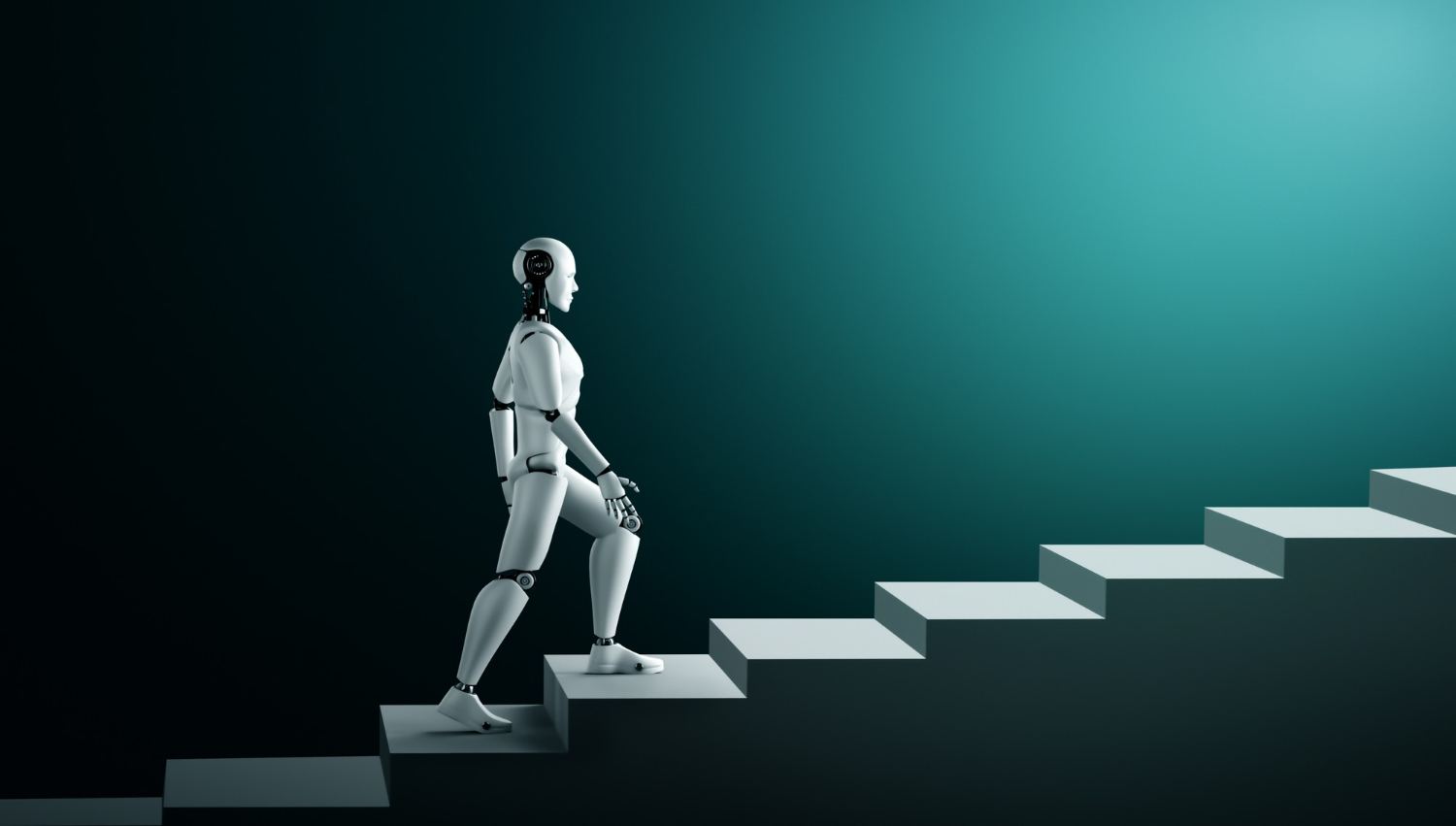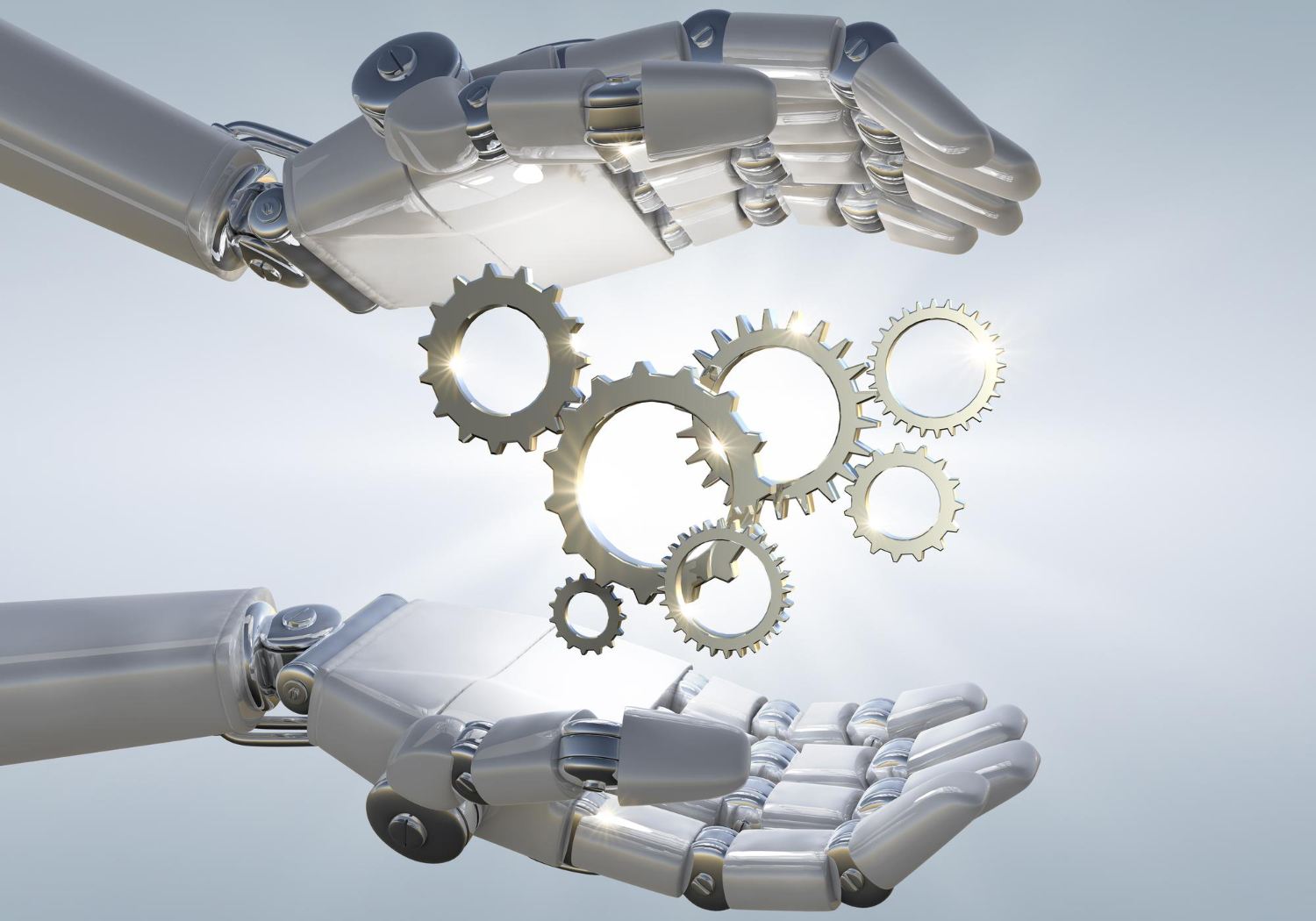The modern world is literally before our eyes is transformed thanks to the rapid development of artificial intelligence and robotics. Before it seemed fantastic, technologies are already found today in houses, schools and medical institutions. In this article, we will examine in detail the key innovations in the field of social robots, paying special attention to new humanoid models such as Optimus Robot, Ai Robot and Humanoid Robot. You will find out what tasks they solve, what advantages they bring to society and what prospects are opened in the care of elderly people and the field of education.
Key achievements in the field of humanoid robots
Over the past few years, we have been observing significant progress in the possibilities of robots, bringing them closer to the usual human standards of behavior. These achievements can be conditionally divided into several directions:
- Locomation and balancing . Humanoids learned to independently maintain balance in difficult situations and move around crossed areas.
- Speech technologies . Modern voice engines provide natural intonation, understanding of the context and recognition of the interlocutor's emotions.
- Visual perception . Thanks to the use of neural networks, robots can recognize faces, objects and gestures, which opens new horizons for interpersonal interaction.
- Interactive algorithms . Machine learning algorithms allow to adapt the robot behavior to the individual habits of the user.
Review of popular models
Currently, several noticeable projects are presented in the world arena:
- Optimus Robot: developed for work in domestic conditions, demonstrates impressive objects of identification of objects and is ready to help in a home morning routine.
- Humanoid Robot: Focus on communication with people. Uses the advanced algorithms of emotional intelligence to adjust the tone of the voice and facial expressions depending on the situation.
- AI Robot: a universal decision for educational institutions. It can act as a virtual teacher, adapting to the pace and level of training of each student.
Social functions and help to the elderly
One of the priority areas for the introduction of humanoids is to care for the elderly and people with disabilities. Social robots take on a number of tasks:
- Medical monitoring: Regular control of life indicators (pulse, pressure, sugar level).
- Reminders of medication: The device corrects the schedule and notifies the need to drink pills.
- Social support: Conducting conversations, reading books, viewing photos, which helps to overcome the feeling of loneliness.
- Help in everyday life: support for movement, supply of objects, emergency communication with relatives or medical personnel.
There are many research and commercial initiatives aimed at developing these functions. Humanoid Robot One of the last models integrates voice sensors that allow you to respond to sudden changes in the user mood and correctly build further dialogue.
Educational functions
Robots have become indispensable assistants in the field of training. Their capabilities include:
- Adaptive training . Based on the analysis of the success of answers and the behavior of students, an individual class of classes is selected.
- Practical simulators . For example, Optimus Robot It can demonstrate technological processes, conduct experiments in virtual reality, and then teach the correct sequence of actions.
- Multiling support . Thanks to built -in translators, AI Robot effectively interacts with children who study foreign languages.
- Motivational technologies . The robot forms a system of gamification, encouraging achievements and involving students in the process through contests and quizzes.
The integration of such decisions is actively discussed in educational institutions around the world, and the results of the first pilot projects are already demonstrating an increase in performance and interest in STEM-disciplines.

Advantages and possible risks
The use of humanoid robots in the social sphere turns on many advantages:
- Constant availability . The robot does not get tired, does not spend extra time for rest and is available for 24/7 interaction.
- Objectivity . The human factor is excluded, which is important when monitoring health or evaluating educational results.
- Innovative methods . The introduction of game elements and virtual practices makes training and care more effective.
However, developers pay attention to potential risks:
- Ethical questions . What is the responsibility of the robot for its actions and decisions? Who is responsible for possible malfunctions?
- Data confidentiality . Collection and processing of personal data requires high security standards.
- Social adaptation . How to maintain a balance between the help of a machine and a living human communication, so as not to enhance isolation?
The future of social robots
Expert forecasts promise further growth in the quality and diversity of humanoid functions. Key trends for the next five years:
- The emergence of autonomous assistants in geriatric centers.
- The wide implementation of Humanoid Robot and similar systems in the system of secondary and primary education.
- The development of the emotional intelligence of robots, which will allow them to understand the feelings and needs of people more deeply.
- The integration of augmented reality technology for more effective trainings and rehabilitation procedures.
A striking example of progress is the latest generation AI Robot, capable of conducting video conferences, analyze the facial expressions of the participants and offer the optimal scenario of the conversation.
Conclusion
Humanoid social robots have already ceased to be exotic and confidently enter into everyday life. Today these are not just devices for demonstrating technical achievements, but full -fledged assistants in the care of elderly people, teaching and expanding the horizons of users. By releasing new models on the market, developers continue to improve locomotive algorithms, adaptive speech centers and emotional communication systems. The knowledge and accumulated experience gained today are laid down the foundation for the future, where a person and the car will be able to cooperate at a completely new level, ensuring the well -being and development of society.


